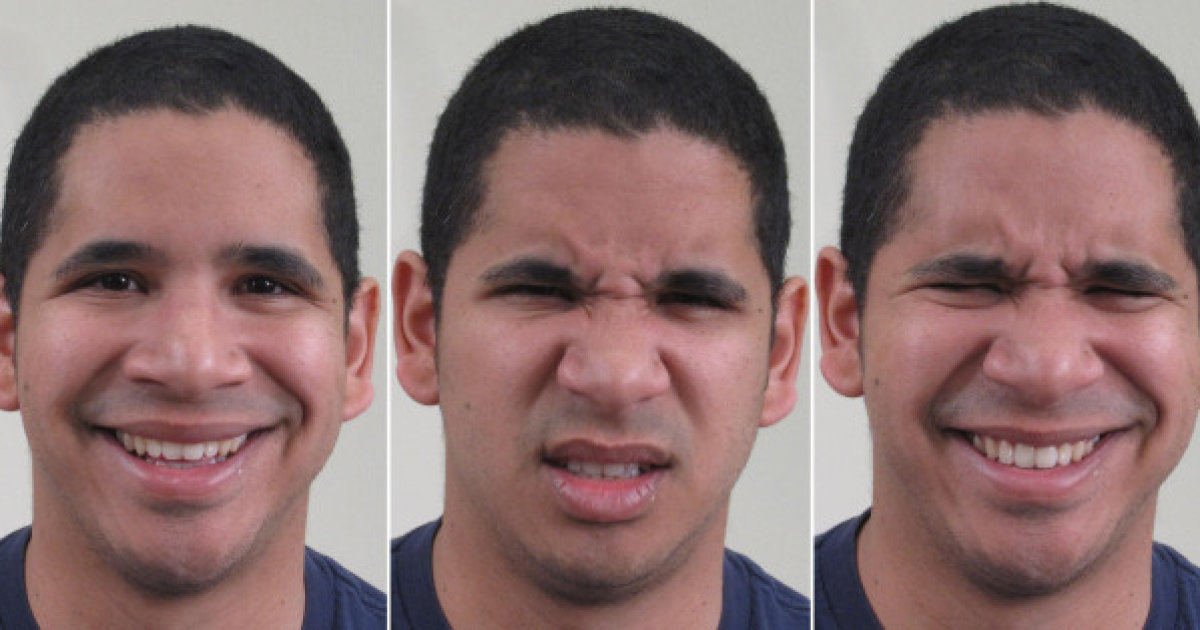Warning Signs Of Bell's Palsy
Difficulty Making Facial Expressions

The seventh cranial nerve is also responsible for facial expressions like smiling and winking, and when it's inflamed, or its myelin sheath is damaged, the patient will have difficulty making facial expressions. The cause is very similar to those of facial twitches. It's quite psychologically distressing when one cannot form normal facial expressions. Patients may also notice a difference in the amount of saliva or tears. The sense of taste may be affected because the cranial nerve also controls the facial nerve, the chorda tympani, that sends taste sensations from the tongue to the brain. The frontalis muscle, located in the forehead, controls the eyebrows. Bell's palsy patients are often not able to move the eyebrow on the affected side of the face. Some patients may experience pain in or behind the ear. Others may notice facial numbness.
Uncover more indicators of Bell's palsy now.
Jaw Or Ear Pain

The facial nerve exits the skull through a small canal located below each of the ears at the top of either side of the jaw before it branches out into numerous segments outside of the skull. When this nerve becomes inflamed and swollen, it can become compressed by the skull because the bony canal it runs through is not large enough to accommodate an inflamed and swollen facial nerve. Because the canals in the skull where the facial nerve exits are close to the jaw and ear, other neighboring nerve endings can become inflamed and cause pain sensations. An individual experiencing ear or jaw pain from Bell's palsy will usually only experience these symptoms on a single side of their face.
Read more about the symptoms linked to Bell's palsy now.
